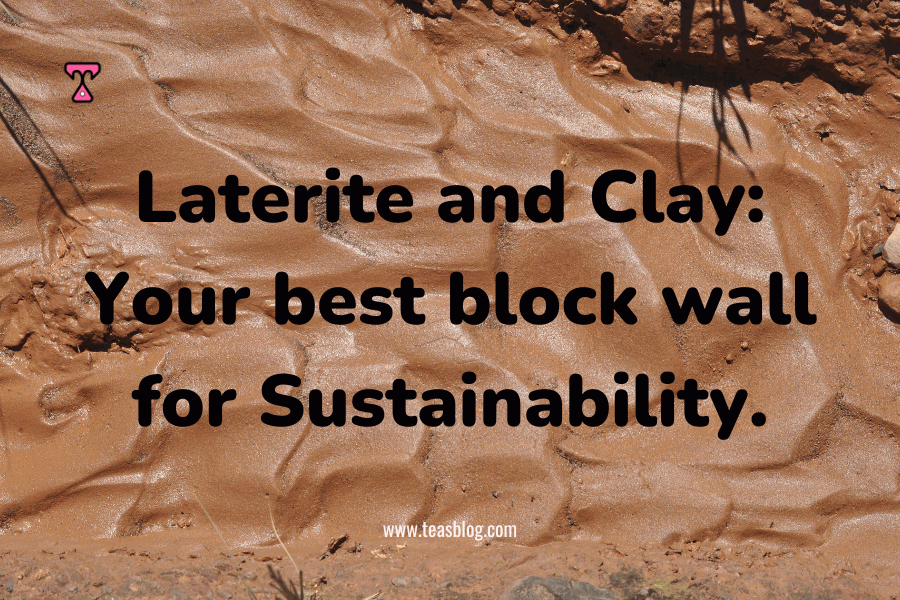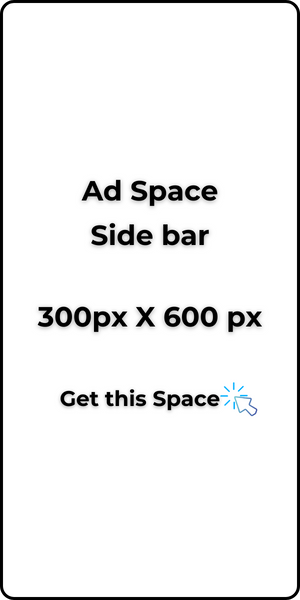Laterite and Clay are local and sustainable building materials for tropical climates and I think we should go back to exploring them for Nigerian buildings. They are widely available in many parts of the world with a slight difference in composition. They are easy to work with, making them sustainable.
Their characteristics of sustainability are in being recyclable and available, since they are formed within the area, and they do not require to be imported nor transported over long distances. They are resistant to pests, fire, and natural disasters. Laterite and clay are locally sourced.
Both materials are considered healthy and breathable and provide quality internal temperature and soundproofing for building interiors. When mixed together, they create building blocks that last longer than what is available.
The role we have to play as part of the 7th and 11th Sustainable Development Goals is to reduce our use of carbon and preserve the climate. But how can we achieve that, if we refuse to explore other options and available building materials within our zone?
The challenge is that the processes used to prepare and convert these local materials into buildable blocks end up making the blocks expensive for the locals.
To construct a laterite and clay block, first, gather the raw materials needed locally. Mix the laterite and clay together. A general ratio will be roughly 70% laterite and 30% clay. Add a little portion of cement; this provides a good bonding mix.
Add a little water to the mix and pour into block molds to create any desired block size. Allow a few minutes and empty the mold, placing the content of the mold in a place where it will be allowed to air dry. Sprinkle water on the blocks after 24 hours for a few days and it’s ready to use.
To avoid breaking blocks during construction, get molds of full block size, three-quarter block size, half block size mold, and one-quarter block size mold.
In laying out the blocks for your building, the blocks are laid on top of each other using a mixture of laterite and clay as mortar.
Apart from being sustainable and easy to construct, the natural colours of laterite and clay are appealing and create a warm, aesthetic atmosphere. They can still be painted with your desired colour or left as is (which is preferable).
You might need to prime the block wall surfaces if you wish to paint your block surfaces because the block surface might be porous, which means that it will be absorbing your paint. Priming helps seal the surface from absorbing your applied paint. Some primer options include primer paints or putty screeding.
Some paint options you can use are acrylic paints (best and most user-friendly, which becomes water-resistant after application, although not waterproof), oil paints (toxic and not user-friendly), and fabric paints.
Some designers had initially incorporated the use of these materials into their designs. We celebrate some of these buildings and admire them. They speak of our nature, our land, and our culture.
Pa Demas Nwoko, a Nigerian Artist-Designer in the 1970s is known for exploring laterite. He created block walls using a mixture of laterite, sand, and cement (for bonding) to create the block walls for some of his building designs.

- Nwoko’s Oba Akenzua Cultural Centre in Benin City_©Andrew Esiebo
He calls the block mix “latcrete” blocks. His building designs, with the use of laterite, have stood the test of time. This can be seen in the cladding of the Akenzua Cultural Centre in Benin City.
Another Architect in India has experimented with mud architecture in his designs. His name is Arc. G. Shankar. He created his house using mud in vertical, parabolic design shapes.

- A contemporary mud house by Arc G. Shankar in Thiruvananthapuram, India_©Viraj Kumar
These are building made of laterite and clay and they speak volumes of our culture and traditions.
Frankly speaking, African, vernacular architecture would have stood out if we had maintained exploring our local building materials rather than importing everything we see.
Do you think these designers are seeing something you are likely not ready to explore in your home?







